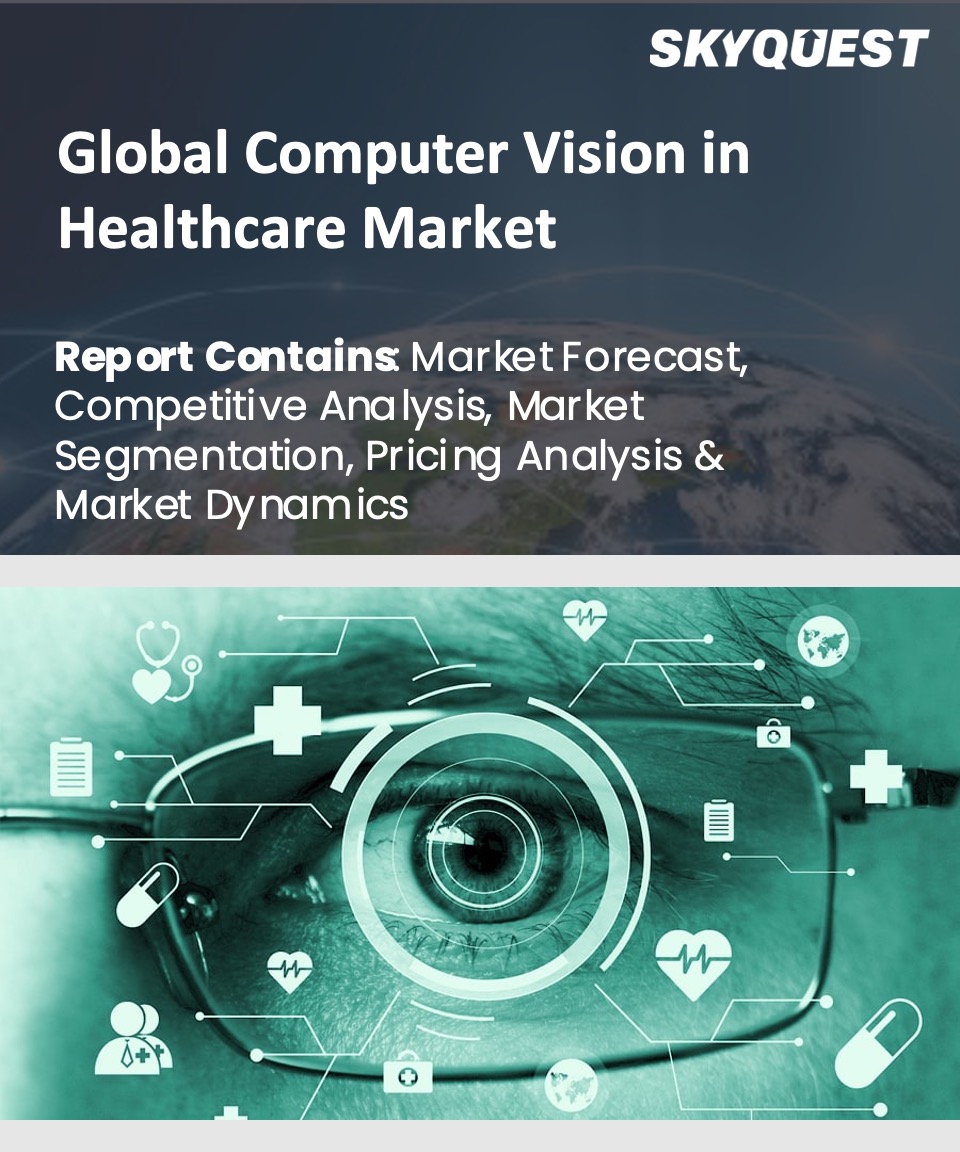
Report ID: SQMIG35A2898

Report ID:
SQMIG35A2898 |
Region:
Global |
Published Date: April, 2024
Pages:
216
|
Tables:
114 |
Figures:
79
Computer Vision in Healthcare Market size was valued at USD 1.77 Billion in 2023 and is poised to grow from USD 2.39 Billion in 2024 to USD 26.73 Billion by 2032, growing at a CAGR of 35.2% during the forecast period (2025-2032).
Healthcare professionals can analyze health and wellness data through computer vision technology, empowering patients to make more informed medical decisions more quickly. In modern healthcare settings, computer vision is used to measure blood loss during surgery, especially C-sections. This ability to rapidly intervene is critical in an emergency when blood volume loss reaches critical levels. Furthermore, the versatility of computer vision extends to measuring body fat percentage using images captured by conventional cameras. This versatile technology shows the potential to improve clinical decision-making and contribute to comprehensive health care assessments.
Deep learning-based techniques, such as convolutional neural networks (CNNs) and recurrent neural networks (RNNs) dominate the development of computer vision solutions in healthcare. Continuous advances in computer vision algorithms, imaging techniques, and AI technologies are driving innovation in the healthcare industry. These developments are enabling sophisticated computer vision solutions capable of analyzing complex medical images, detecting abnormalities, and helping healthcare professionals make medical decisions.
The growing need to automate healthcare systems, simplify workflows and reduce manual processes drives computer vision automated solutions for practices including radiology, pathology and ophthalmology improve diagnostic accuracy, improve patient care and accelerate treatment timelines. In image-processing techniques, AI- Constant advances in technology were driving innovation in the healthcare industry. These developments are enabling sophisticated computer vision solutions capable of analyzing complex medical images, detecting abnormalities, and helping healthcare professionals make medical decisions. The increasing need to automate healthcare systems, simplify workflows and reduce manual processes is driving the adoption of computer vision solutions in medical imaging automated examinations, including radiology, pathology and ophthalmology, improve diagnostic accuracy.
Our industry expert will work with you to provide you with customized data in a short amount of time.
REQUEST FREE CUSTOMIZATIONWant to customize this report? This report can be personalized according to your needs. Our analysts and industry experts will work directly with you to understand your requirements and provide you with customized data in a short amount of time. We offer $1000 worth of FREE customization at the time of purchase.

Report ID: SQMIG35A2898